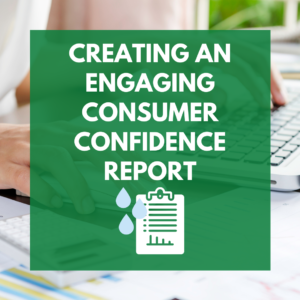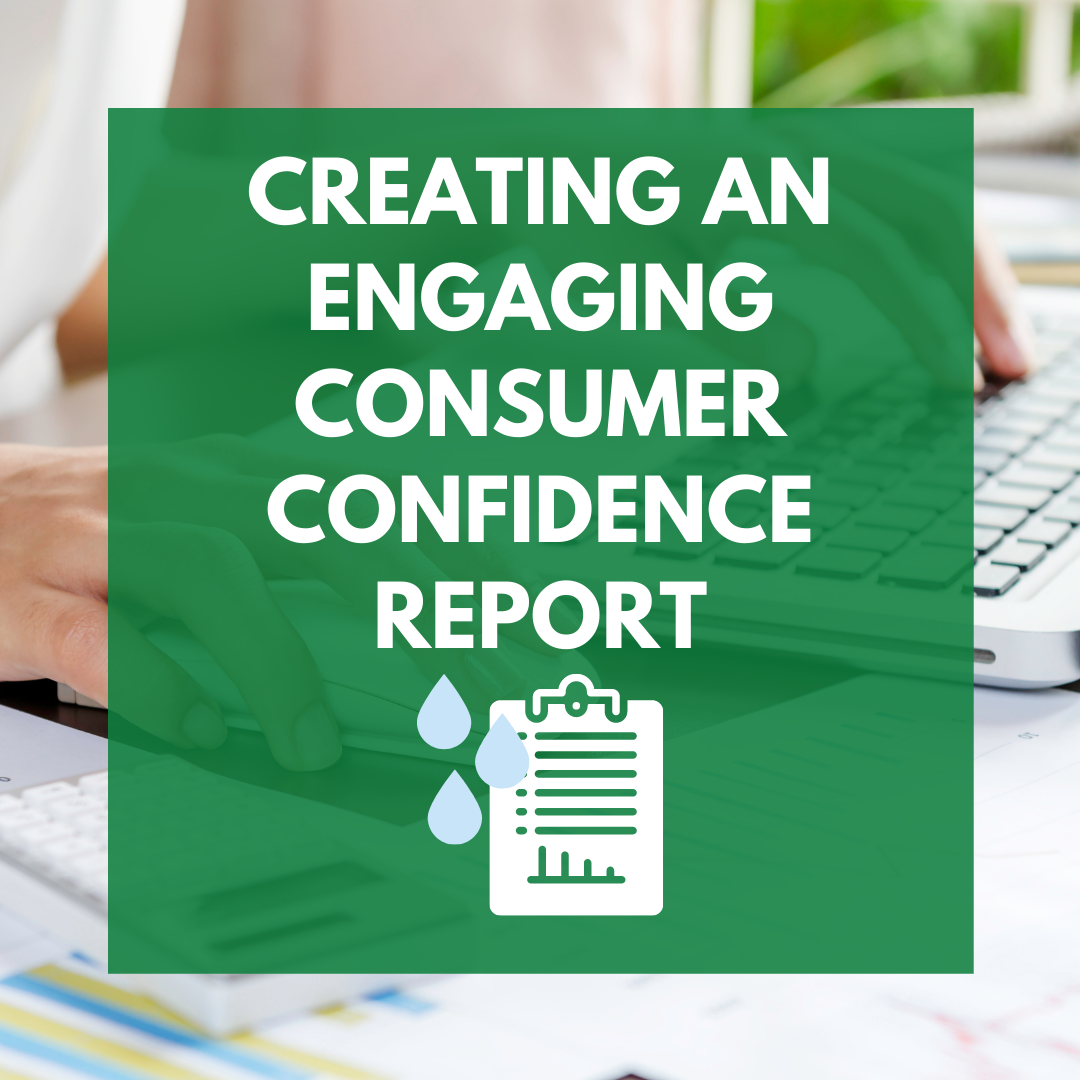6 Tips for an Engaging Consumer Confidence Report
 If you are part of an organization that supplies water, such as a city or water district, you know that you are required to publish a Consumer Confidence Report (CCR or Annual Water Quality Report) by July 1st each year in California. But did you know that these reports can be created in an engaging format and distributed solely electronically – all while potentially saving money otherwise spent to print and mail hard copies?
If you are part of an organization that supplies water, such as a city or water district, you know that you are required to publish a Consumer Confidence Report (CCR or Annual Water Quality Report) by July 1st each year in California. But did you know that these reports can be created in an engaging format and distributed solely electronically – all while potentially saving money otherwise spent to print and mail hard copies?
Through hands-on experience in researching, developing and electronically delivering CCRs, our team has developed the below tips for developing an engaging report and transitioning to electronic distribution:
1. Start with the required data and content.
Each year, the State Water Resources Control Board issues CCR Preparation Documents on its CCR website. The reference manual outlines water quality data that must be included in charts, as well as specific verbiage (in various languages) that must be included in sections of the CCR.
2. Expand your content to proactively tell your story.
According to the latest information from the State Water Resources Control Board, you are not limited to providing only the required information in your report. Take the opportunity to include information you’d like to share about your organization’s proactive efforts to protect the quality and sustainability of your water supply.
3. Create an engaging format.
Ditch any template focused on just text and charts. Instead, tell your agency’s story through photos and graphics showing your water system, your personnel at work, and your community members enjoying their water. If you are transitioning to electronic delivery, you can be less concerned about page counts and printing costs and more focused on attracting and maintaining stakeholders’ attention.
4. Develop a plan for direct delivery.
While the State Water Resources Control Board allows the flexibility of distributing CCRs electronically, there are still very exact requirements to ensure the reports are directly delivered to stakeholders. For example, the URL provided to customers must be a direct link to the report, and both paper and electronic notifications may be required depending on how your customers pay their water bills (such as billing inserts for paper bill recipients and direct emails to electronic bill-paying customers). You can refer to an eCCR Reference Document on the Board’s CCR website for additional details.
5. Leverage existing online platforms.
In addition to meeting the direct delivery requirements specified by the State Water Resources Control Board, go ahead and share the CCR via your website, social media and relevant email distribution lists. If you’ve put the work into creating an interesting and engaging report, maximize your reach by sharing the news across your platforms.
6. Send the State Water Board a copy of the report and a distribution certification.
The State of California requires water systems to mail a copy of their report to the Board, followed within three months by a CCR certification form. Don’t miss this essential step. Visit the Board’s CCR website to find certification forms that you can download, complete and submit.
Tripepi Smith is available to help guide you through the plan, design and distribution of your CCR. Contact us today.


